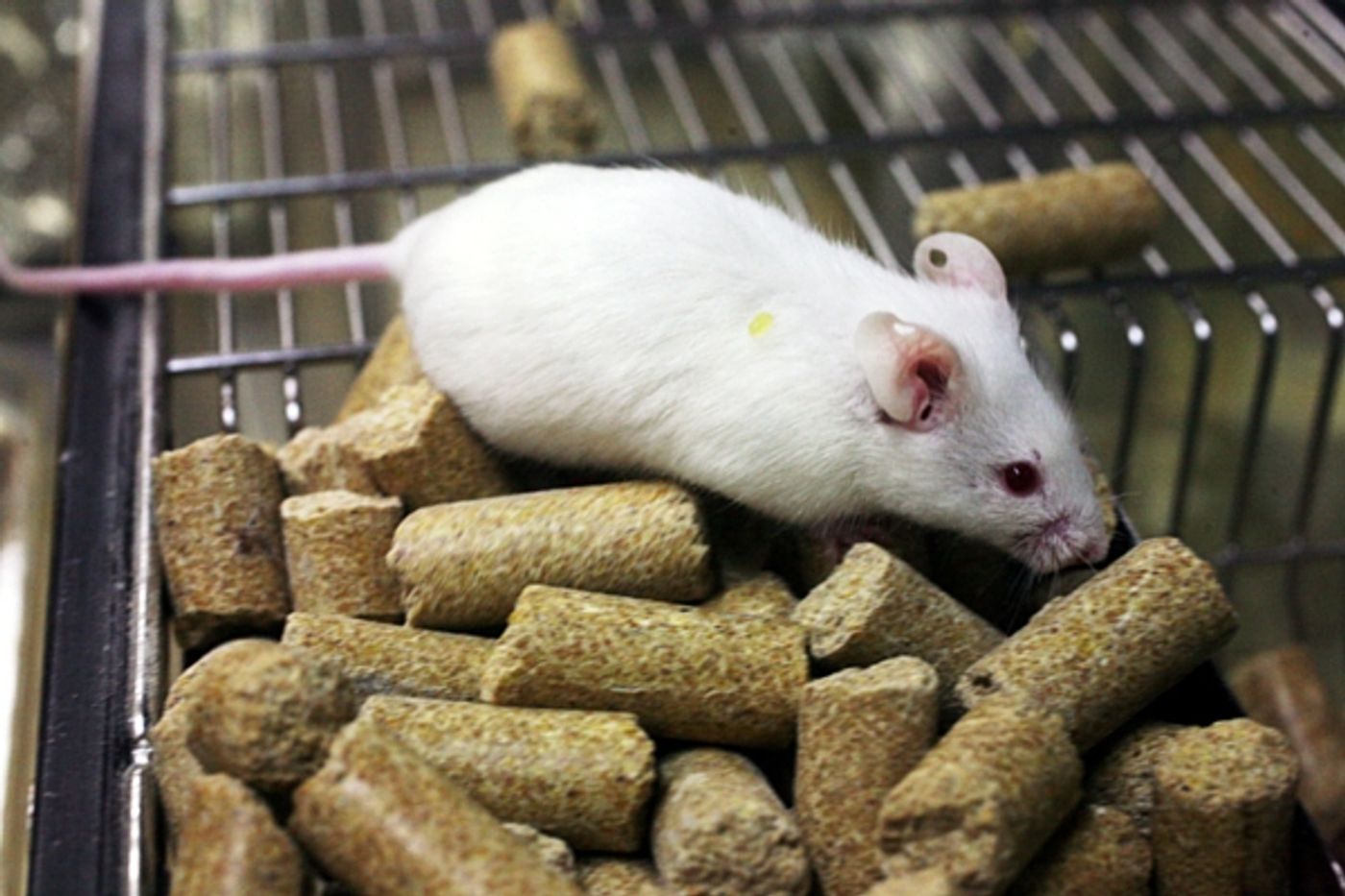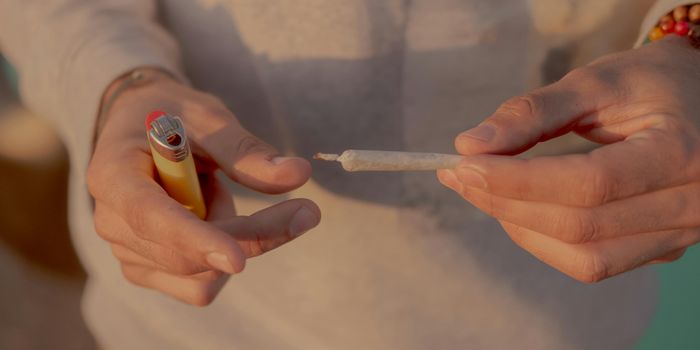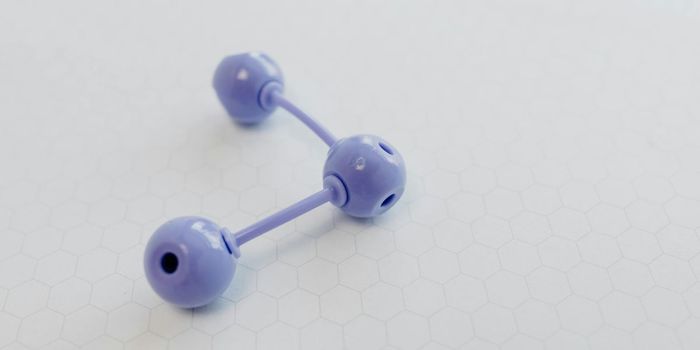Lights and Sound Trigger Gambling in Lab Animals
There’s complicated science involved in making a casino difficult to leave. The same science that leads to behavioural addicitons like problem gambling. There are never any windows to distract players, nor are there any clocks. Some casinos have even studied the effects of smell on gamblers and pumped scented air in as well. Flashing lights and clanging machines are part of the ambience, but scientists at the University of British Columbia recently found that those factors were more than just atmosphere and actually seemed to activate a gambling addiction in rats.

UBC Psychology Professor Catharine Winstanley published research recently that showed that when lights and sound were added to a reward game, the results were different.
In a series of tasks set up for the rats, they learned to play a game where sugary treats could be won. When the researchers added lights and sound to the game, the rats began to make riskier choices in their playing to get the treats.
In a press release from UBC Winstanley said, "It seemed, at the time, like a stupid thing to do, because it didn't seem like adding lights and sound would have much of an impact. But when we ran the study, the effect was enormous. Anyone who's ever designed a casino game or played a gambling game will tell you that of course sound and light cues keep you more engaged, but now we can show it scientifically."
What was more significant about the study is what happened after the rats showed risky behaviors and indicators of addiction. The rats were then given a drug that blocked a certain dopamine receptor. This receptor is one that has been linked to addiction in prior research. The D4 receptor, located in the anterior cingulate cortex of the brain is thought to be a key mechanism in addiction or other risky behaviors. This drug stopped the risky behaviors and addiction-like actions in the rats that had been exposed to flashing lights and sound, but had no effect on the rats that gambled in relative peace and quiet.
The “rat casino” that the team built was a first for lab animal research. The casino environment was replicated with a tiny slot machine kind of device. There were flashing lights and sound and the rats could push levers with their paws. Different light patterns resulted in different amounts of the sugar pellets and the rats quickly learned how to get the most bang for their buck.
The team at UBC hopes that showing the effect of blocking the D4 receptor action will spur new research in methods to treat other addictions. The research is published in the January 16, 2016 issue of the journal Neuropharmacology. Check out the video below to learn more about “Rat Vegas.”









